
Deutsch-Chinesische Enzyklopädie, 德汉百科
 Guangxi Zhuangzu Zizhiqu-GX
Guangxi Zhuangzu Zizhiqu-GX
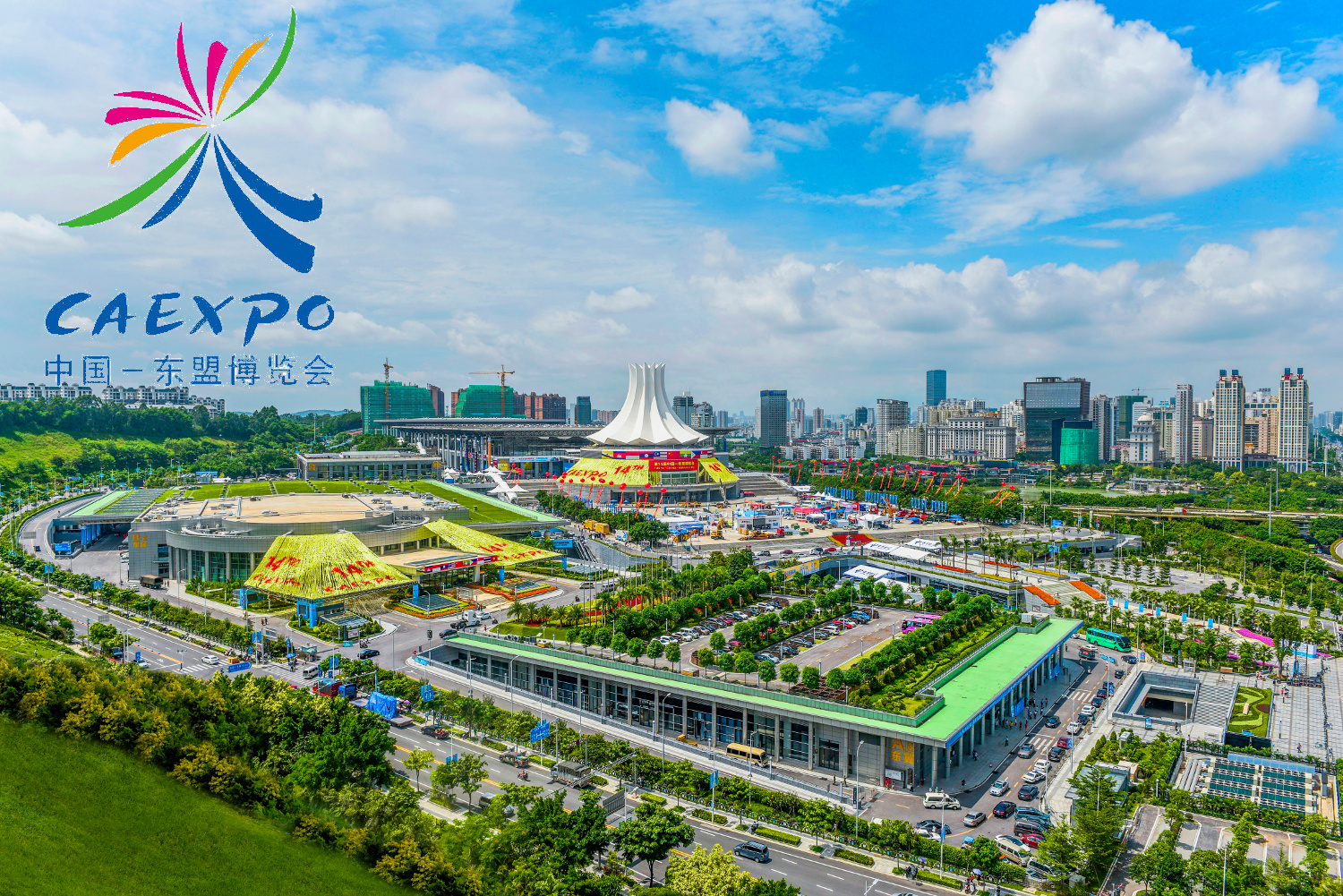
 China
China
 Chongqing Shi-CQ
Chongqing Shi-CQ

 Geography
Geography
 Guangxi Zhuangzu Zizhiqu-GX
Guangxi Zhuangzu Zizhiqu-GX
 Guizhou Sheng-GZ
Guizhou Sheng-GZ
 Myanmar
Myanmar
 Sichuan Sheng-SC
Sichuan Sheng-SC

 Economy and trade
Economy and trade
 Yunnan Sheng-YN
Yunnan Sheng-YN
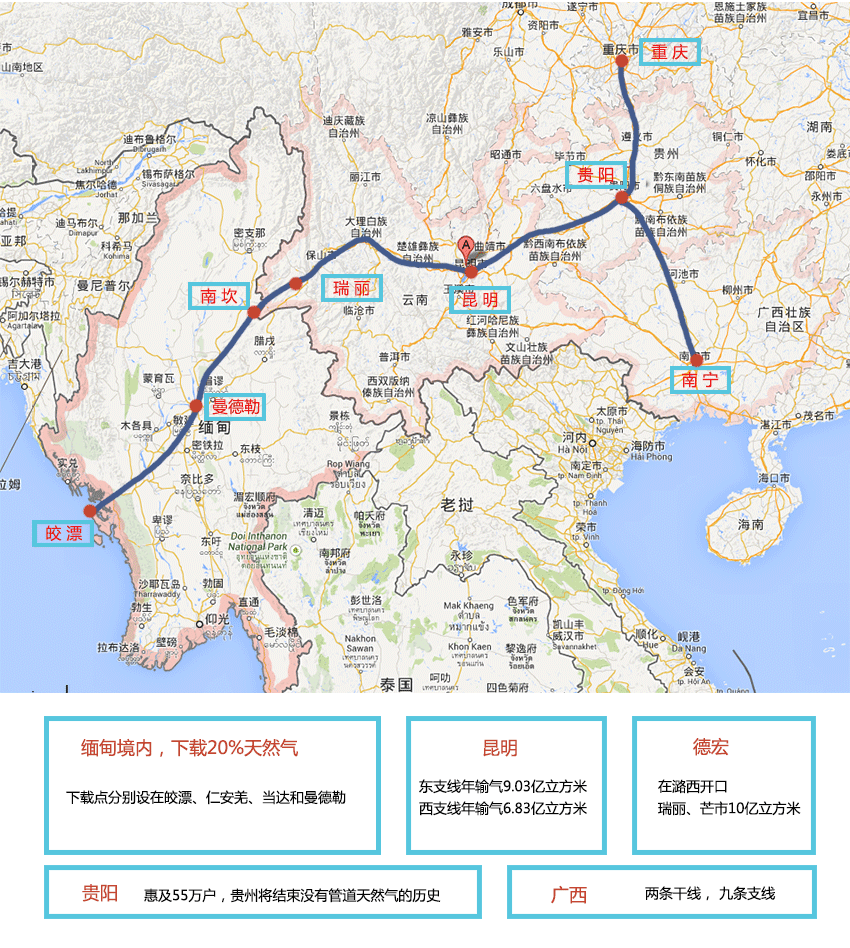

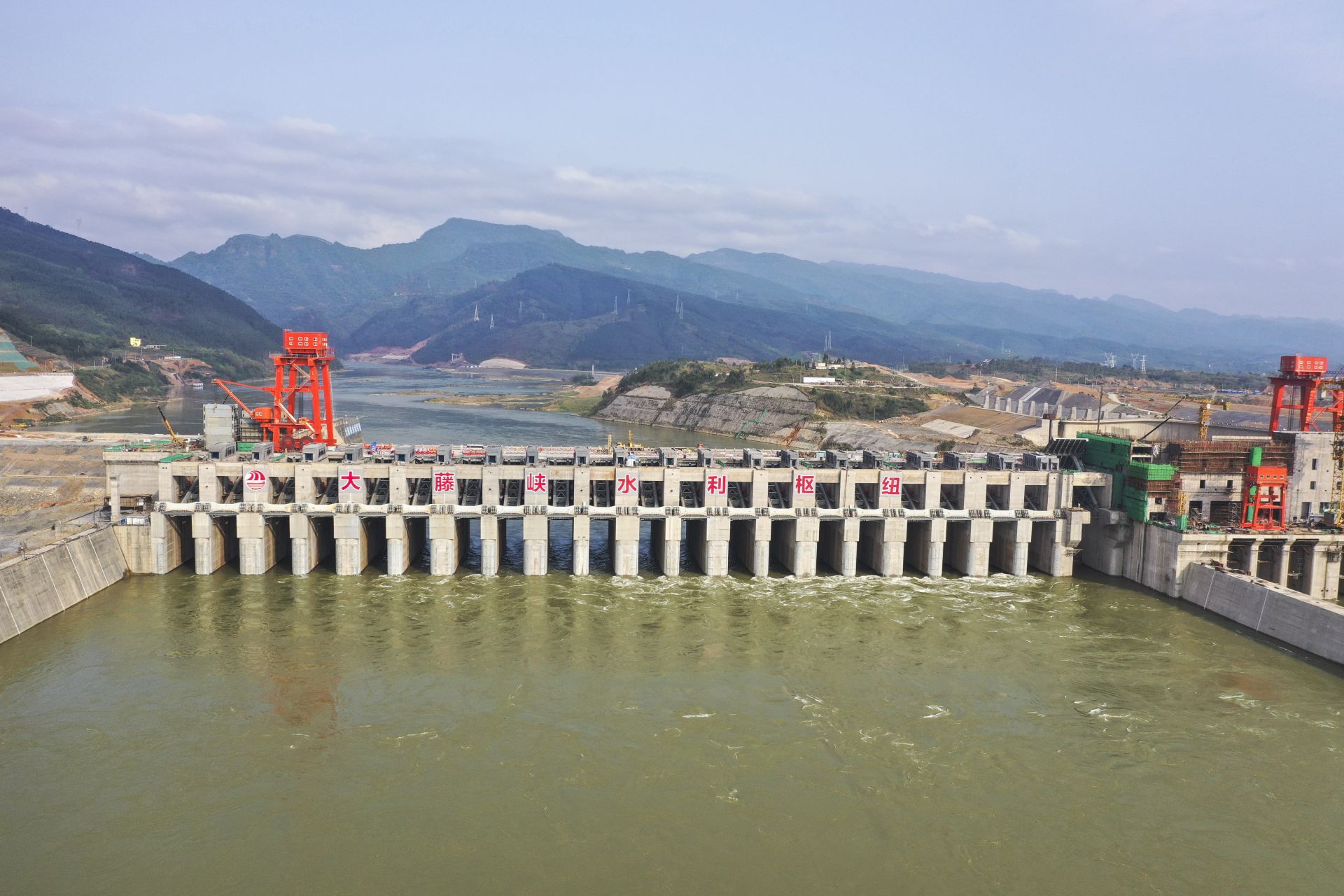
 *National minorities in China
*National minorities in China
 Guangxi Zhuangzu Zizhiqu-GX
Guangxi Zhuangzu Zizhiqu-GX
 Guizhou Sheng-GZ
Guizhou Sheng-GZ
 Hubei Sheng-HB
Hubei Sheng-HB
 Hunan Sheng-HN
Hunan Sheng-HN

 *Changjiang|Yangtze River
*Changjiang|Yangtze River
 China
China
 Chongqing Shi-CQ
Chongqing Shi-CQ
 Guangxi Zhuangzu Zizhiqu-GX
Guangxi Zhuangzu Zizhiqu-GX
 Guizhou Sheng-GZ
Guizhou Sheng-GZ
 Hubei Sheng-HB
Hubei Sheng-HB
 Hunan Sheng-HN
Hunan Sheng-HN
 Sichuan Sheng-SC
Sichuan Sheng-SC


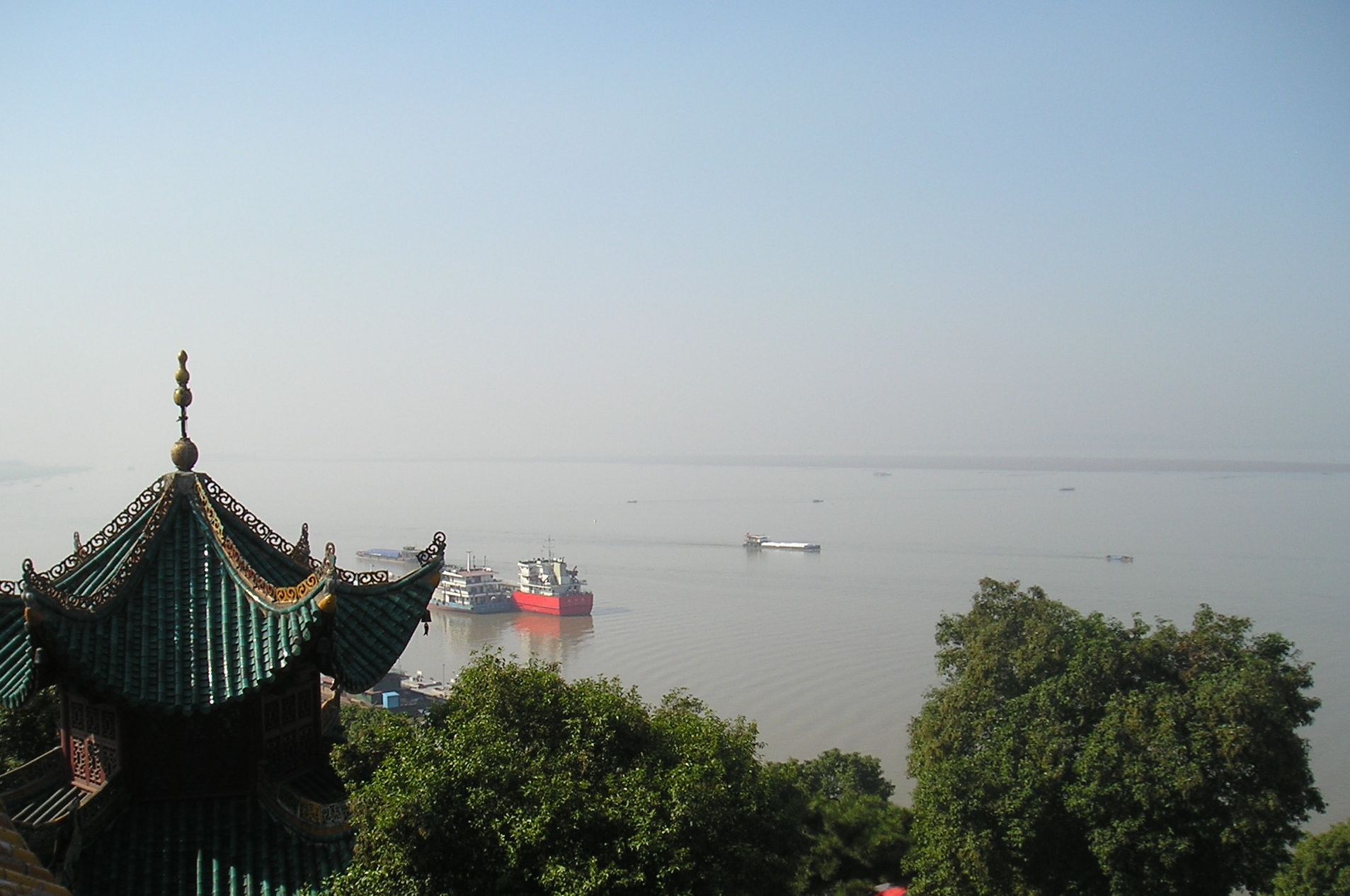
洞庭湖古称云梦、九江和重湖,原是中国第一大淡水湖,由于多年来缩水成为中国第二大淡水湖,面积2,820平方千米,古代曾号称“八百里洞庭”。处于长江中游荆江南岸,跨岳阳、荆州、石首、汨罗、湘阴、望城、益阳、沅江、汉寿、常德、津市、安乡和南县等县市。洞庭湖之名,始于春秋、战国时期,因湖中洞庭山(即今君山)而得名,并沿用至今。
Ganz im Norden der Provinz Hunan befindet sich der zweitgrößte Südwassersee Chinas - der Dongting-See. Bei Hochwasser im Sommer und Herbst erstreckt sich der See über eine Fläche von knapp 4000 Quadratkilometern. In den See münden die Flüsse Xiangjiang, Yuanjiang Zishui und Lishui. In der Region um den Dongting-See gibt es zahllose Teeplantagen, Bambushaine und Reisfelder. In der Trockenzeit ragen Hunderte kleiner Inseln aus dem See.
Früher hieß der See Yunmengze - der See von Wolken und Träumen. Er bildete sich vor rund 600 Millionen Jahren durch Verschiebungen in der Erdkruste und teilt sich geographisch in einen östlichen, westlichen und einen südlichen Teil.
Das Gebiet im Osten des Sees ist beliebt wegen seiner jahrhundertealten Gebäude, wie etwa dem Yueyang-Turm, und deshalb seit jeher ein viel ersehntes Reiseziel. In vielen Gedichten wird die Landschaft am östlichen Ufer des Dongting-Sees besungen.(Quelle: www.china.org.cn/german/179230.htm)
Der Dongting-See (chinesisch 洞庭湖, Pinyin Dòngtíng Hú, W.-G. Tung-t'ing Hu) im Norden der Provinz Hunan ist der zweitgrößte Binnensee der Volksrepublik China. Er wird von mehreren Flüssen gespeist und entwässert in den nördlich am See vorbeifließenden Jangtsekiang. Die Provinzen Hunan („südlich des Sees“) und Hubei („nördlich des Sees“) sind nach ihrer Lage bezogen auf den See benannt worden.
Die normale Fläche des Sees beträgt 2.820 km²; im Sommer (Juli bis September), wenn vor allem die Hochwasser des Jangtsekiang in den See fließen, kann sich die Fläche bis auf 20.000 km² ausdehnen. Damit stellt der Dongting-See ein wichtiges natürliches Rückhaltebecken zur Regulierung der Wasserführung des Jangtsekiang dar. Diese Funktion kann der See aber immer weniger wahrnehmen, da die jährlich auftretenden Überschwemmungen in immer kürzeren Abständen die kritischen Marken überschreiten. 1998 verloren mehr als 4.000 Menschen ihr Leben, 2002 waren es weniger, weil die Dämme hielten. Bei den Überschwemmungen handelt es sich weniger um Natur- als vielmehr um von Menschen verursachte Katastrophen. Die Abholzung von Schutzwäldern, Trockenlegung von Feuchtgebieten und Anlage von Wohn- und Industriegebieten in bisher als Überschwemmungsfläche für den See genutzte Bereiche haben dazu geführt, dass diese unwiederbringlich verloren gegangen sind.
Die durch den Jangtsekiang mitgeführte Sedimentfracht, die sich in der Dongting-Ebene ablagerte, führte zur Entstehung sehr fruchtbarer Marschböden, so dass die Ebene um den See zu einem der wichtigsten Reisanbaugebiete Chinas wurde. Auch dadurch gingen ausgedehnte Überschwemmungsareale verloren.
Während der flache Dongting-See zur Zeit der Han-Dynastie noch der größte Binnensee Chinas war, ist seine Fläche seitdem durch die Gewinnung von Neuland kleiner geworden, so dass er heute nach dem Poyang-See an zweiter Stelle rangiert.
Die in den Dongting-See mündenden Flüsse, darunter Xiang (2288 m³/s[2]), Zi (795 m³/s), Yuan (2158 m³/s), Li (551 m³/s) und Miluo, führen dem See im Mittel insgesamt über 6000 m³/s Wasser zu[3], womit der Seeausfluss den mit Abstand wasserreichsten Zufluss des Jangtsekiang darstellt. Zusätzlich erreichen drei südliche Nebenarme des Jangtsekiang mit zusammen über 3500 m³/s mittlerem Durchflussvolumen[3] den See. Sie übertreffen das Volumen des Xiang Jiang, womit der Dongting-See ein Teil des Jangtsekiang-Flusslaufs ist. Besonders aus diesem Zustrom setzen sich große Schwebstoffmengen im Seebecken ab.
Die wichtigsten Städte am See sind Yueyang und Yuanjiang. Changsha, die Hauptstadt Hunans, liegt etwa 60 km südöstlich des Dongting-Sees und kann über den Jangtsekiang, den Dongting-See und den Xiang Jiang mit Seeschiffen erreicht werden.
洞庭湖(どうていこ、拼音: ドンティンフー)は、中華人民共和国湖南省北東部にある淡水湖。中国の淡水湖としては鄱陽湖に次いで2番目に大きい。全体的に浅く、長江と連なっていて、その大量の水の受け皿となっており、季節ごとにその大きさが変わる。湖北省と湖南省はこの湖の北と南にあることからその名が付いた。 7月から9月にかけて長江から大量の水が流れ込み、湖の面積が広がる。通常期の湖の面積は2,820km²(琵琶湖の約4倍)だが、長江から膨大な量の水と堆積物の流入によって増水期は20,000km²(関東平野や四国よりも広い面積)にも及ぶ広さになるという。洞庭湖に流入する河川には、湖南省四大河川といわれる湘江・資江・沅江(げんこう)・澧水(れいすい)などがある。海を航行できる程の規模の船でも、長江から洞庭湖・湘江と経由して長沙にたどり着くことができる。
洞庭湖一帯では古くから歴史と文学と神話がはぐくまれてきたことで知られている。ドラゴンボートによるレースは洞庭湖の東岸に始まったとされ、その由来はこの湖に流入する川である汨羅江(べきらこう)に入水自殺した戦国時代の詩人・屈原の遺体を探し出そうとしたことにあるとされている。
北東岸にある岳陽楼(湖南省岳陽市)は杜甫の「岳陽楼に登る」をはじめ多くの詩人に詠まれ、范仲淹の「岳陽楼記」(先憂後楽の出典)がつくられたことで有名である。
昔は洞庭湖の中に浮かぶ島であった君山(くんざん)(zh)は、現在は岸とつながっているが、かつて多くの道士が隠棲しており、湘江の女神・湘君が遊んだところとして知られる。現在は君山銀針という希少な中国茶の産地である。岳陽楼付近から船で渡ることができる。
洞庭湖の南方の、瀟水と湘江が合流する一帯から洞庭湖にかけての景色は「瀟湘湖南」と称されて親しまれてきた。これに古代の帝王・舜が葬られたとされている九嶷山を取り入れた景観もまたその美しさで知られ、多くの詩が詠まれてきた(劉禹錫の「瀟湘曲」など)。宋代から、このあたりの景観を主に八つの景色とし、瀟湘八景をテーマとした山水画を描くことが流行した。この方式が日本にも広まり、近江八景や金沢八景などの元となった。
Dongting Lake (Chinese: 洞庭湖) is a large, shallow lake in northeastern Hunan province, China. It is a flood basin of the Yangtze River. Hence the lake's size depends on the season. The provinces of Hubei and Hunan are named after their location relative to the lake: Hubei means "North of the Lake" and Hunan, "South of the Lake".[1]
Dongting Lake is famous in Chinese culture as the place of origin of dragon boat racing. It is the site of Junshan Island and is a home to the Finless Porpoise, which is endangered in China.[1]
The area is well known in Chinese history and literature. "Dongting" literally means "Grotto Court", and the lake was named for the huge hall or cavern, which was believed to exist beneath the lake, where the spirits of the Sage-King Shun's wives Ehuang and Nüying were said to be the rulers of this grotto, which was claimed to have underground passages opening to all parts of the empire.[7][8] Dragon boat racing is said to have begun on the eastern shores of Dongting Lake as a search for the body of Qu Yuan, the Chu poet (340–278 BC), and a dragon-king is said to live at the bottom of the lake.
Junshan was also named after the goddess-wives of Shun, who lived there after his death by drowning, while they mourned him and sought for his body all the way from the source of the Xiang River, in which he drowned, and then on down to where it could have drifted, into the lake.[9] Junshan Island, formerly a Daoist retreat, is a famous one-kilometer island with 72 peaks in the middle of the lake. The island is also famous for its Junshan Yinzhen tea.[10] The basin of Dongting Lake and its surrounding area is famous for its scenic beauty, which has been encapsulated in the phrase "Hunan of the Xiao and Xiang rivers" (瀟湘湖南; Xiāo-Xiāng Húnán).[citation needed]
The scenery of the Jiuyi Mountains and of the Xiao and Xiang rivers below is often mentioned in Chinese poetry. The late Tang Dynasty poet Yu Wuling is supposed to have been fond of the scenery of Dongting Lake.[11] During the Song Dynasty, it became the fashion to paint this region's scenery in a set of eight scenes, usually entitled as Eight Views of Xiaoxiang. It is also said that Han Shizhong settled in the region after retired from military service. The fashion spread to Japan, where eventually other famous places were substituted for the Xiao and Xiang rivers.[citation needed] One of the famous ponds based on the geography of the lake is at the Daikaku-ji in Kyoto.
Le lac Dongting (chinois : 洞庭湖 ; pinyin : ), lac Dongting-hu ou lac Dong[réf. nécessaire] est le premier grand lac de Chine, dans la province du Hunan.
La superficie du lac dépend fortement des saisons (De 4000 à 20 000 km2 lors de crues). Les provinces du Hubei et du Hunan tirent leurs noms du lac. En effet, Hubei signifie « Nord du lac » et Hunan signifie « Sud du lac ». Elles étaient autrefois réunies dans la province du Huguang, signifiant « Vaste lac ». Le lac récolte les eaux du Yangtsé[réf. nécessaire]. Il est également alimenté par la rivière Yuan (沅)[réf. nécessaire], la rivière Xiang (湘), la rivière Zi (资), la rivière Yang et la rivière Li (澧)1. Il est par sa superficie le second lac d'eau douce et le troisième lac toutes catégories confondues de Chine, après le lac Qinghai et le lac Poyang.
La tour de Yueyang, bâtie à des fins militaires à l'endroit où le Yangtsé se jette dans le lac est aujourd'hui un haut lieu touristique.
Le lac comporte 2 740 km2 d'eau et 4 080 km2 de zone humide. il est séparé en trois lacs, du fait de l'utilisation des terres de la région dans l'agricutlure ; le lac Dongding ouest et lac Dongding Est, lacs d'eau, et le lac Dongding Sud, qui est une zone humide1.
Le lac Dongding sud avec ses 4 080 km2 de zone humide, soit, à lui seul, 1/8e de la surface totale des zones humides du monde, en fait l'une des plus importantes du monde. Il comporte une protection nationale et un classement AAAA des panoramas d'attraction touristiques sur le mode de l'écotourisme1.
Il lago Dongting (洞庭湖S, Dòngtíng HúP, Tung-t'ing HuW) è un grande e poco profondo lago della provincia dello Hunan nel nord-est della Cina. Si trova nel bacino idrografico del fiume Yangtze (Chang Jiang) e le sue dimensioni dipendono dagli andamenti stagionali. Le province dello Hunan e Hubei devono il nome alla loro posizione rispetto al lago: Hubei significa "nord del lago" e Hunan significa "sud del lago" in cinese.
El lago Dongting o lago Dong, es un lago poco profundo situado en el noroeste de la provincia de Hunan en la República Popular China. El lago se nutre de las aguas que desborda el río Yangtsé, por lo que su tamaño depende de la estación del año. Las provincias de Hubei y Hunan reciben su nombre por la localización que tienen con relación al lago: en chino, Hubei significa Norte del lago mientras que Hunan quiere decir Sur del lago.
Entre julio y septiembre las aguas del Yangtsé se desbordan hacia el lago, haciendo que éste aumente su tamaño. El área del lago, que normalmente es de 2.820 km², puede incrementarse hasta los 20.000 km² en la época de los desbordamientos. El Dongting se alimenta también de los ríos Xiang, Zi y Li.
En el centro del lago se encuentra la isla Junshan, en la que se pueden ver un total de 72 colinas. La isla es famosa también por una clase especial de té, el té de la aguja de plata. Durante la dinastía Qing se utilizaban las hojas de este té para honrar a la familia imperial.
El área que rodea al lago es conocida dentro de la historia y de la literatura china. Se dice que las carreras de barcos con forma de dragón tienen su origen en la orilla este del Dongting. Cuenta la leyenda que un rey dragón habita en el fondo de las aguas del lago.
Durante la dinastía Song la belleza de la zona fascinó a los pintores. Se instauró la moda de representar la región en grupos de ocho escenas.
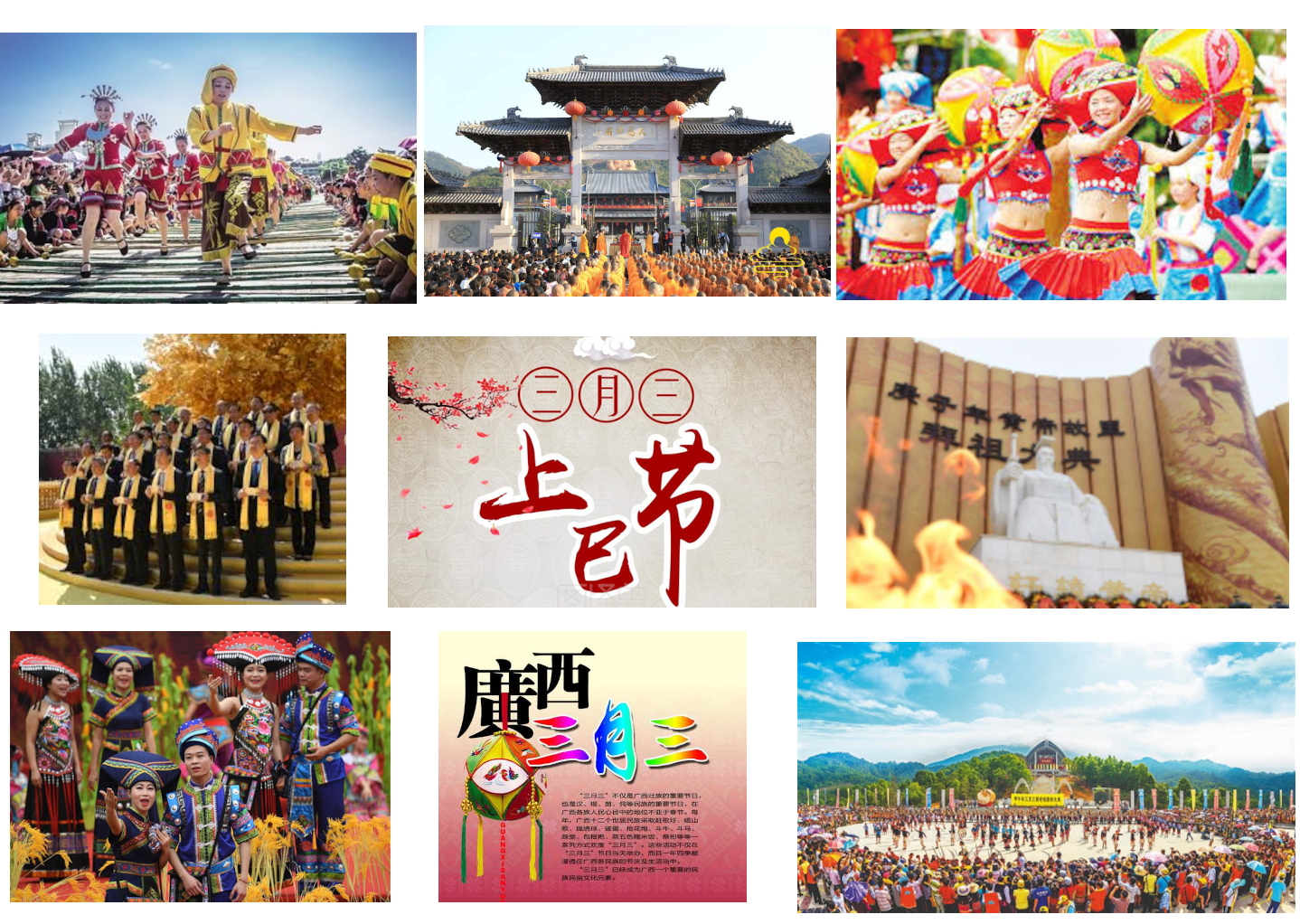
 Anhui Sheng-AH
Anhui Sheng-AH
 Gansu Sheng-GS
Gansu Sheng-GS
 Guangdong Sheng-GD
Guangdong Sheng-GD
 Guangxi Zhuangzu Zizhiqu-GX
Guangxi Zhuangzu Zizhiqu-GX
 Henan Sheng-HA
Henan Sheng-HA
 Hubei Sheng-HB
Hubei Sheng-HB
 Hunan Sheng-HN
Hunan Sheng-HN
 Jiangxi Sheng-JX
Jiangxi Sheng-JX
 Liaoning Sheng-LN
Liaoning Sheng-LN
 Shandong Sheng-SD
Shandong Sheng-SD
 Shanxi Sheng-SX
Shanxi Sheng-SX
 Sichuan Sheng-SC
Sichuan Sheng-SC
 Tianjin Shi-TJ
Tianjin Shi-TJ
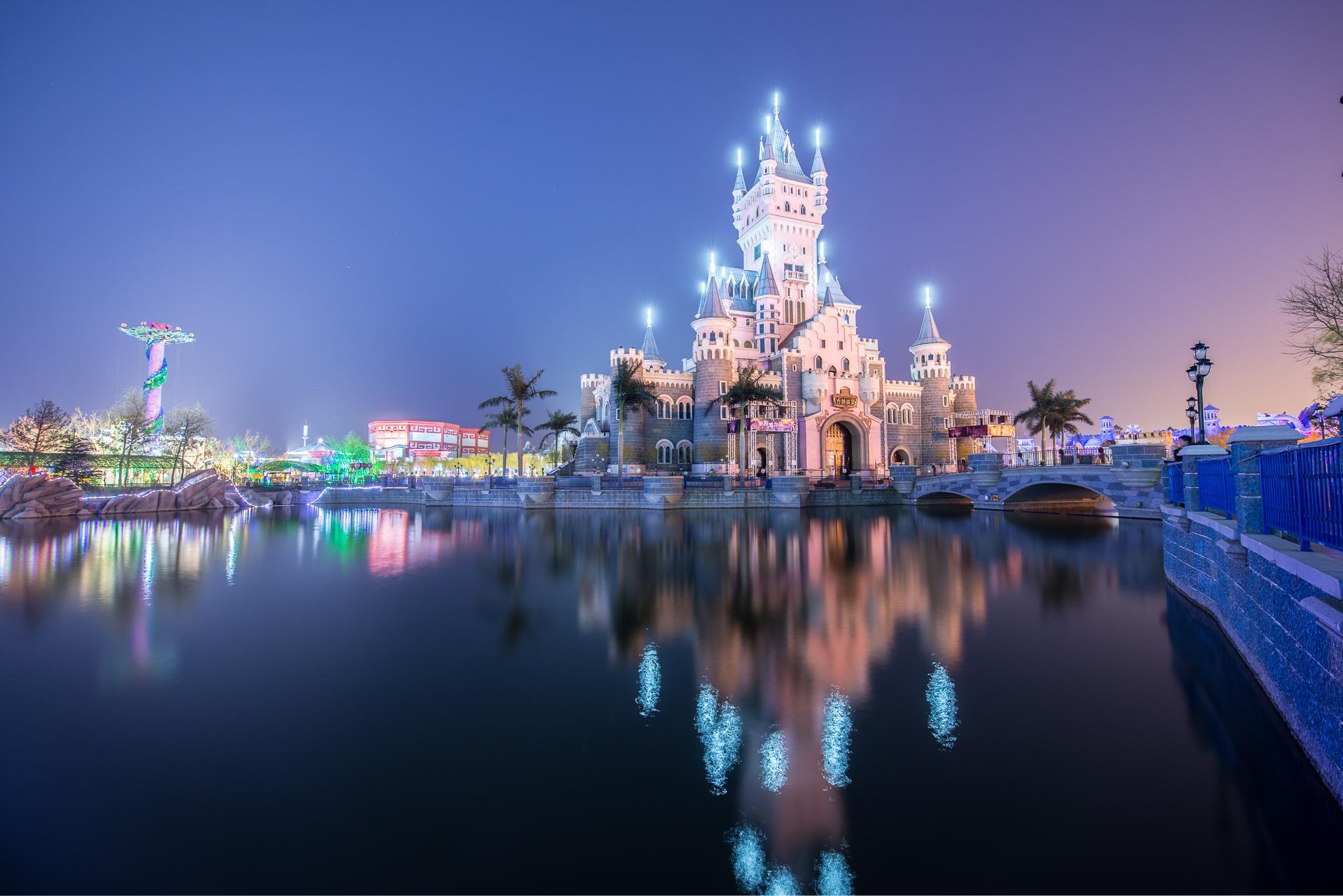
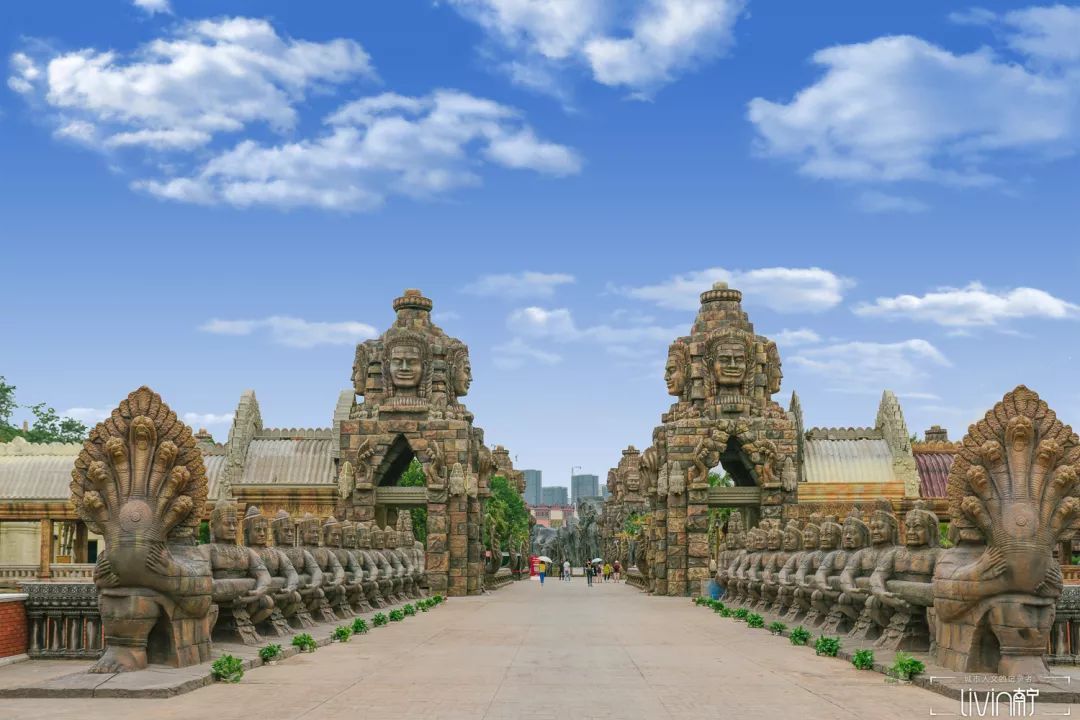
 Anhui Sheng-AH
Anhui Sheng-AH
 Fermentierter Tee
Fermentierter Tee
 Guangxi Zhuangzu Zizhiqu-GX
Guangxi Zhuangzu Zizhiqu-GX
 Hubei Sheng-HB
Hubei Sheng-HB
 Hunan Sheng-HN
Hunan Sheng-HN
 Shaanxi Sheng-SN
Shaanxi Sheng-SN
 Sichuan Sheng-SC
Sichuan Sheng-SC
 Yunnan Sheng-YN
Yunnan Sheng-YN
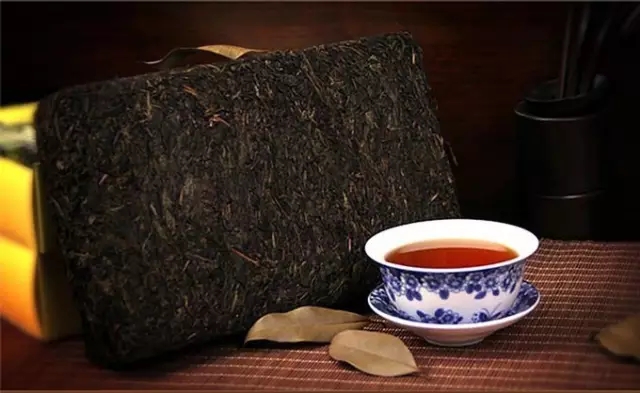
黒茶の茶葉色は褐色から黒色で、水色は紅茶や烏龍茶に似た濃いオレンジや濃い赤色が多い[1]。中には緑茶に近い水色の方包茶や、抽出するとコロナ状のリングが現れる花巻茶などもある。黒茶の香りは「陳香(ツンシャン)」(熟成した香り)と呼ばれ、その独特な香気は堆積工程で作り出される[1]。茯磚茶の製造には圧製後に「菌花香」と呼ばれる香気を発するカビを加える「発花」と呼ばれる工程がある。
黒茶の味の特徴として、発酵の過程で生じる微生物の代謝によって苦味成分のポリフェノール、旨味成分のアミノ酸が減少し、可溶性糖類が増加することから、他の茶に比べて渋みの少ないまろやかな味となっている[1]。
一般に茶は、若芽が多く新鮮なほど評価が高く、時間の経過とともにその価値が落ちると考えられるが、発酵茶である黒茶は他の茶と異なり成熟したチャノキの葉を使い、枝ごと切り取って製造するものもある[1]。また、熟成が進むとともに苦味や渋味が消え風味が豊かになることから、製造から時間が経ったものほど価値が高い[2]。
Fermented tea (also known as post-fermented tea or dark tea) is a class of tea that has undergone microbial fermentation, from several months to many years. The exposure of the tea leaves to humidity and oxygen during the process also causes endo-oxidation (derived from the tea-leaf enzymes themselves) and exo-oxidation (which is microbially catalysed). The tea leaves and the liquor made from them become darker with oxidation. Thus, the various kinds of fermented teas produced across China are also referred to as dark tea, not be confused with black tea. The most famous fermented tea is kombucha which is often homebrewed, pu-erh, produced in Yunnan Province,[1][2] and the Anhua dark tea produced in Anhua County of Hunan Province.
The fermentation of tea leaves alters their chemistry, affecting the organoleptic qualities of the tea made from them. Fermentation affects the smell of the tea and typically mellows its taste, reducing astringency and bitterness while improving mouthfeel and aftertaste. The microbes may also produce metabolites with health benefits.[1][3]
The fermentation is carried out primarily by molds. Aspergillus niger was implicated as the main microbial organism in the Pu-erh process,[1][4][5] but that species identification has been challenged by comprehensive PCR-DGGE analysis, which points to Aspergillus luchuensis as the primary agent of fermentation.[6][7][8][9]
Most fermented teas are made in China, but several varieties are produced in Japan.[10] In Shan State, Myanmar, lahpet is a form of fermented tea that is eaten as a vegetable, and similar pickled teas are also eaten in northern Thailand and southern Yunnan.[11]
Un thé post-fermenté, parfois dit thé sombre ou thé noir-noir, a subi une période de vieillissement à l'air libre allant de quelques mois à plusieurs années.
Le thé a généralement subi une première oxydation comme le thé noir ou l'Oolong. Puis sous l'influence de moisissures, de levures et de bactéries, il subit une fermentation, en milieu chaud et humide. Il peut alors être vieilli plusieurs années, ce qui changera radicalement son goût, passant de l'astringence et de l'amertume à des saveurs plus onctueuses et terreuses.
Les Chinois appellent littéralement « thé noir » un thé post-fermenté, tandis qu'ils dénomment « thé rouge » ce qu'un Occidental appelle thé noir1,2,3.
Il tè postfermentato è un tipo di tè prodotto con le foglie di Camellia sinensis stabilizzate tramite torrefazione ed eventualmente essiccate, successivamente sottoposte a un processo di fermentazione-ossidazione tramite stagionatura naturale o in particolari condizioni di temperatura e umidità.[1]
Il processo di postfermentazione (in cinese 后发酵 hòu fājiào) si differenzia da quello di ossidazione enzimatica (impropriamente chiamata "fermentazione", in cinese 发酵 fājiào) cui si sottopongono le foglie di tè appena raccolte per la produzione del tè nero e che, nel caso del tè oolong, precede la fase di torrefazione.
In Cina e nei paesi dell'Asia Orientale i tè postfermentati vengono chiamati "tè neri", (cinese 黑茶 hēichá) per il colore delle foglie e dell'infuso. Non si devono confondere con la tipologia dei tè neri conosciuti in Occidente, a loro volta chiamati "tè rossi" in Cina e in Asia Orientale.
Il tè sottoposto a questo processo di lavorazione tipicamente presenta un infuso di colore rosso-marrone scuro, di sapore morbido, con note balsamiche e sentori di legno e terra bagnata.
Постферментированный чай — чай, который прошёл процесс микробной ферментации от нескольких месяцев до многих лет, обычно во влажной среде и при доступе кислорода. Самый известный постферментированный чай пуэр производится в провинции Юньнань, лучшие сорта его — в селении Булан Шань уезда Минхай.
Ферментация влияет на органолептические свойства чая, она меняет запах, как правило, смягчает вкус, уменьшая терпкость и горечь. Микроорганизмы могут также производить метаболиты, полезные для здоровья.
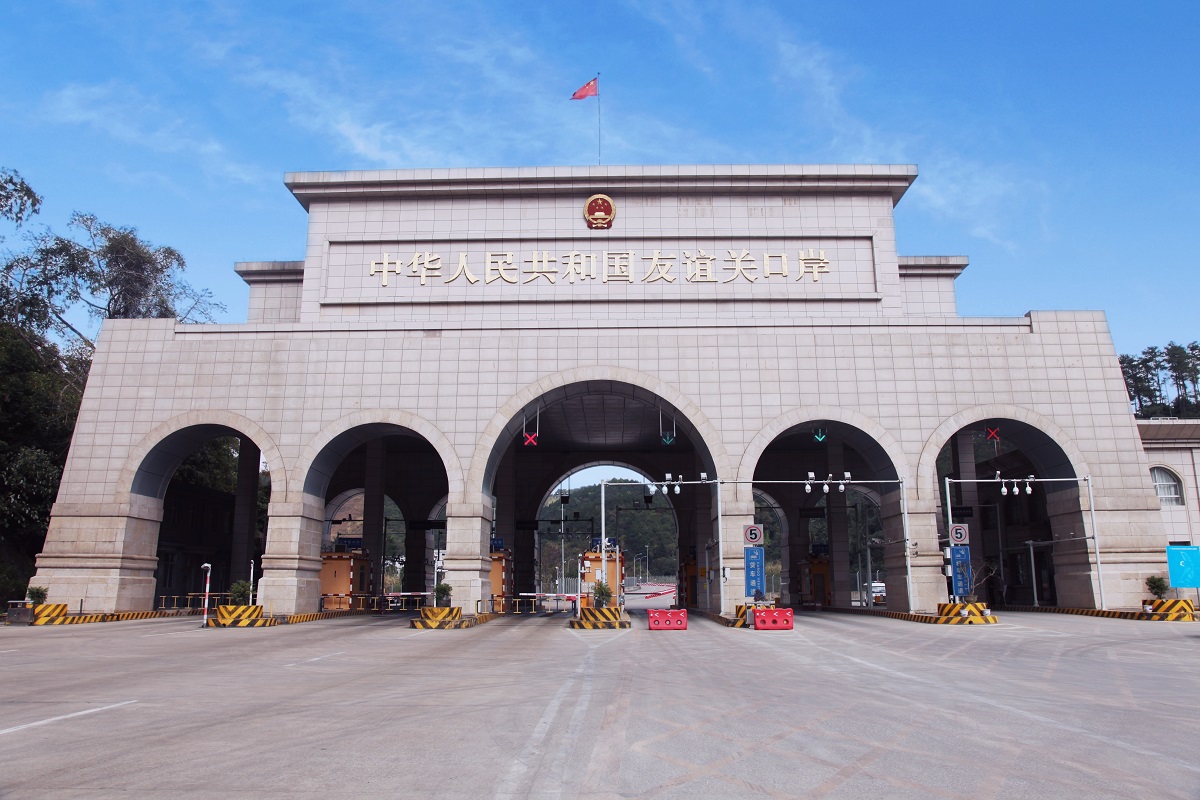
 Exhibition
Exhibition
 Energy resource
Energy resource


 Theme park
Theme park
 Eat and Drink
Eat and Drink